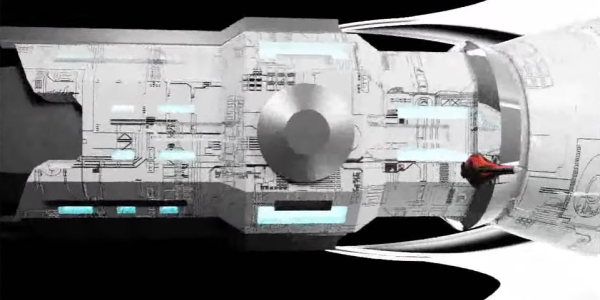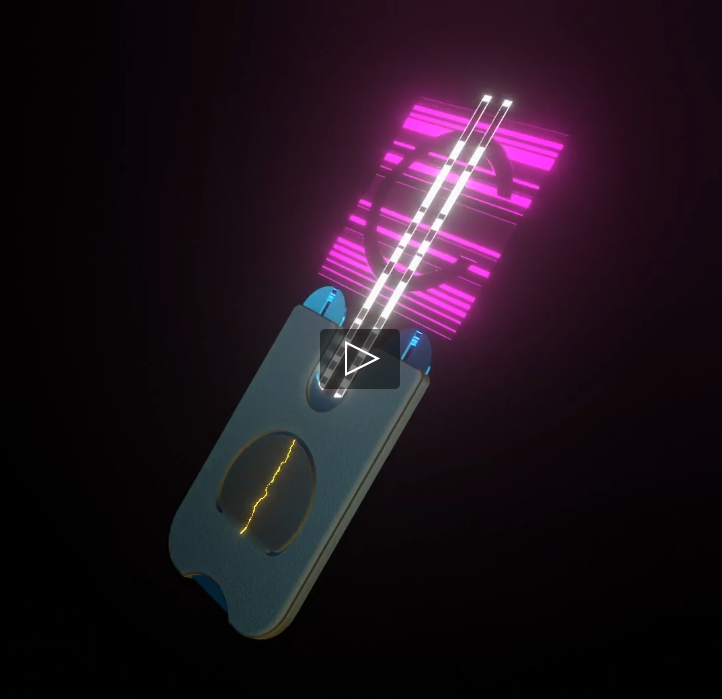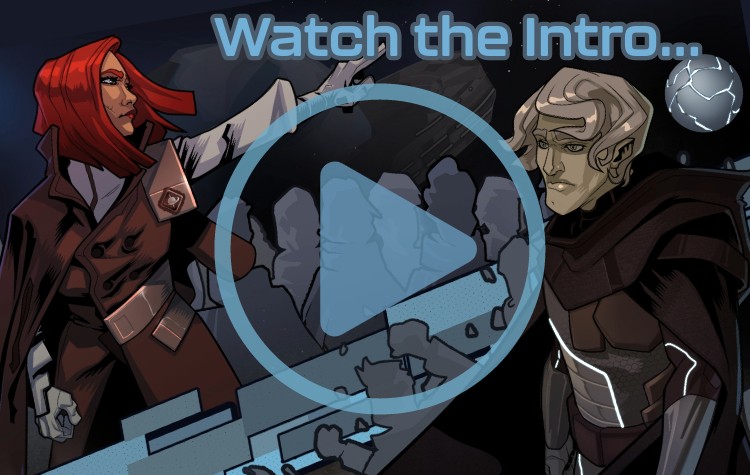
THE UNIVERSE
The Metric: The AI. An Artificial Intelligence capable of modifying human behavior to control the future.
Centopoly: The Empire. A Corporatocracy using the Metric to bring its vision of peace and prosperity to trillions of beings and thousands of worlds.
Cypher: The Chance. A technology that rivals the Metric giving civilization a shot at lasting freedom.

CROWDFUNDING
OUR VISION IS AMBITIOUS: To create stories across books, graphic novels, music, and film, all set in the sprawling Legends of Cypher universe.
Over the last two years, we’ve developed a ton of content, which is available free of charge! Should you fall in love with the characters and the story, we ask that you support the expansion of the universe by joining our crowdfunding campaign. Supporters get exclusive content, collectibles, and even a place of honor in the Cosmos. Watch the video to learn more.
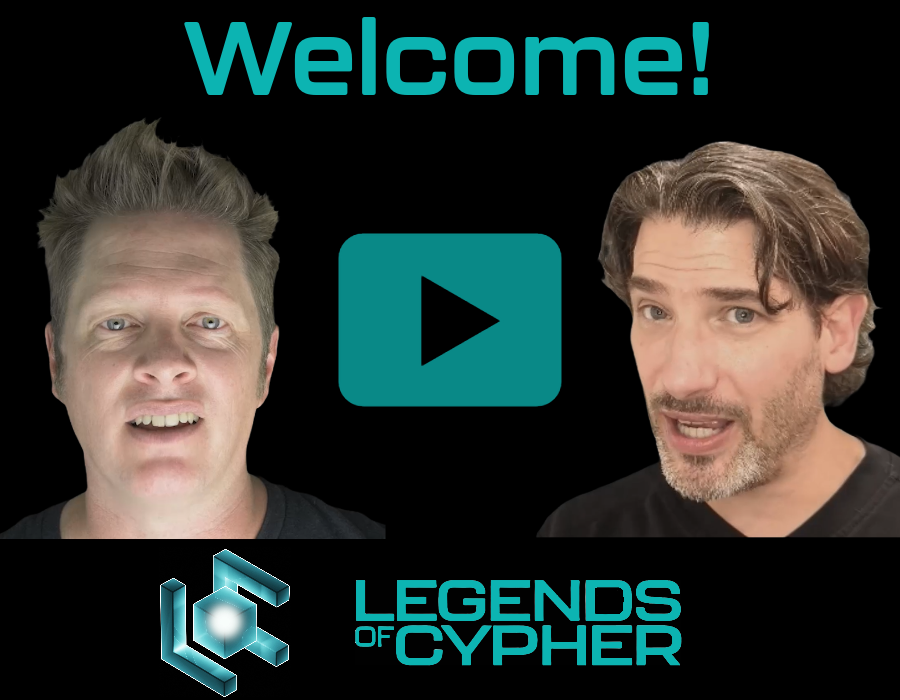
Enter the Universe
Read Book Zero, a prequel to the main Legends of Cypher story where you'll meet Hash and Malarian.
Enjoy comics, short films, music, and lore... Immerse yourself in the expansive LoC universe.
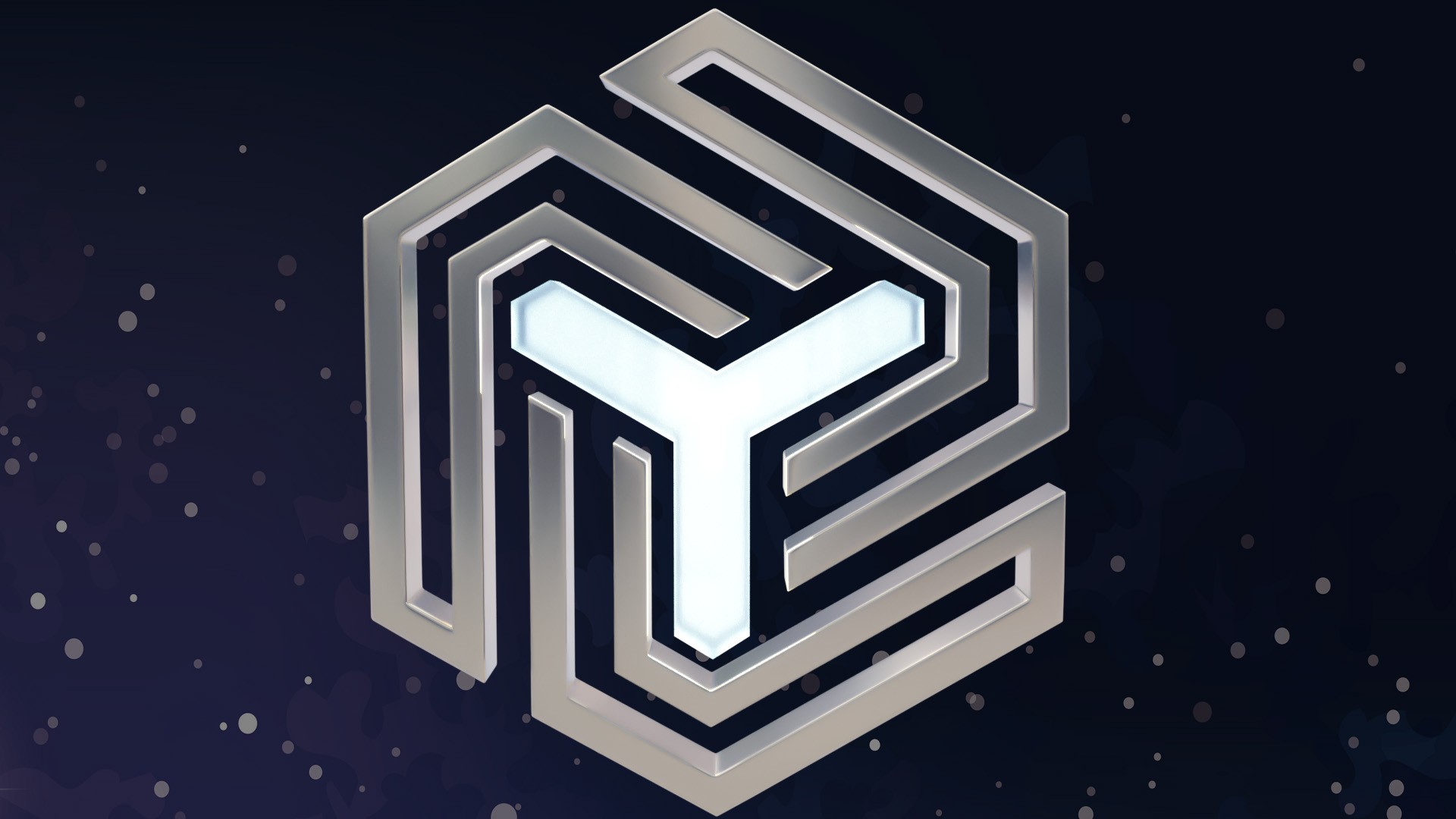
COLLECTIBLES
Legends of Cypher limited edition collectibles unlock numerous perks, including access to upcoming graphic novels, discounts on merch and much more.
